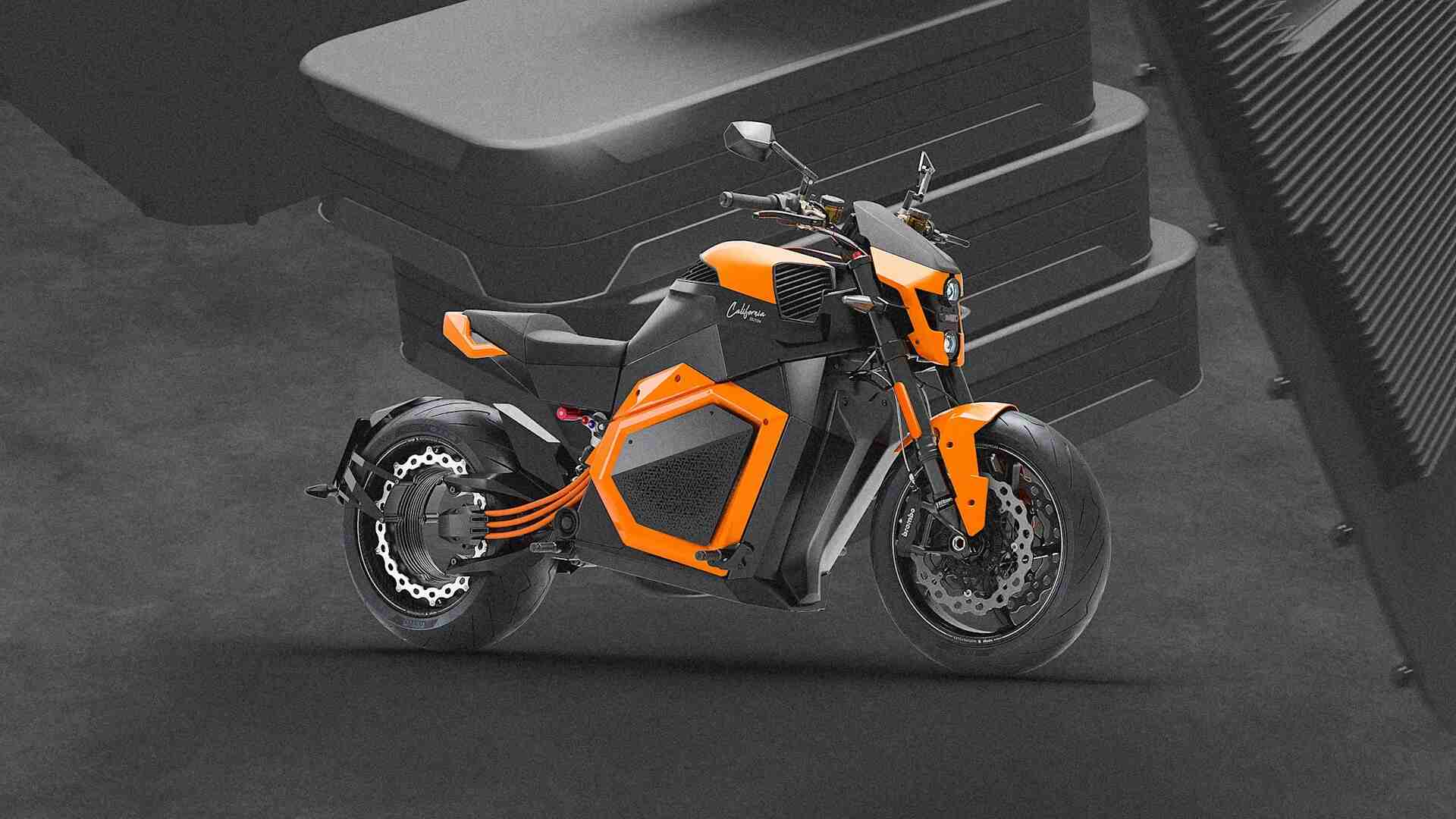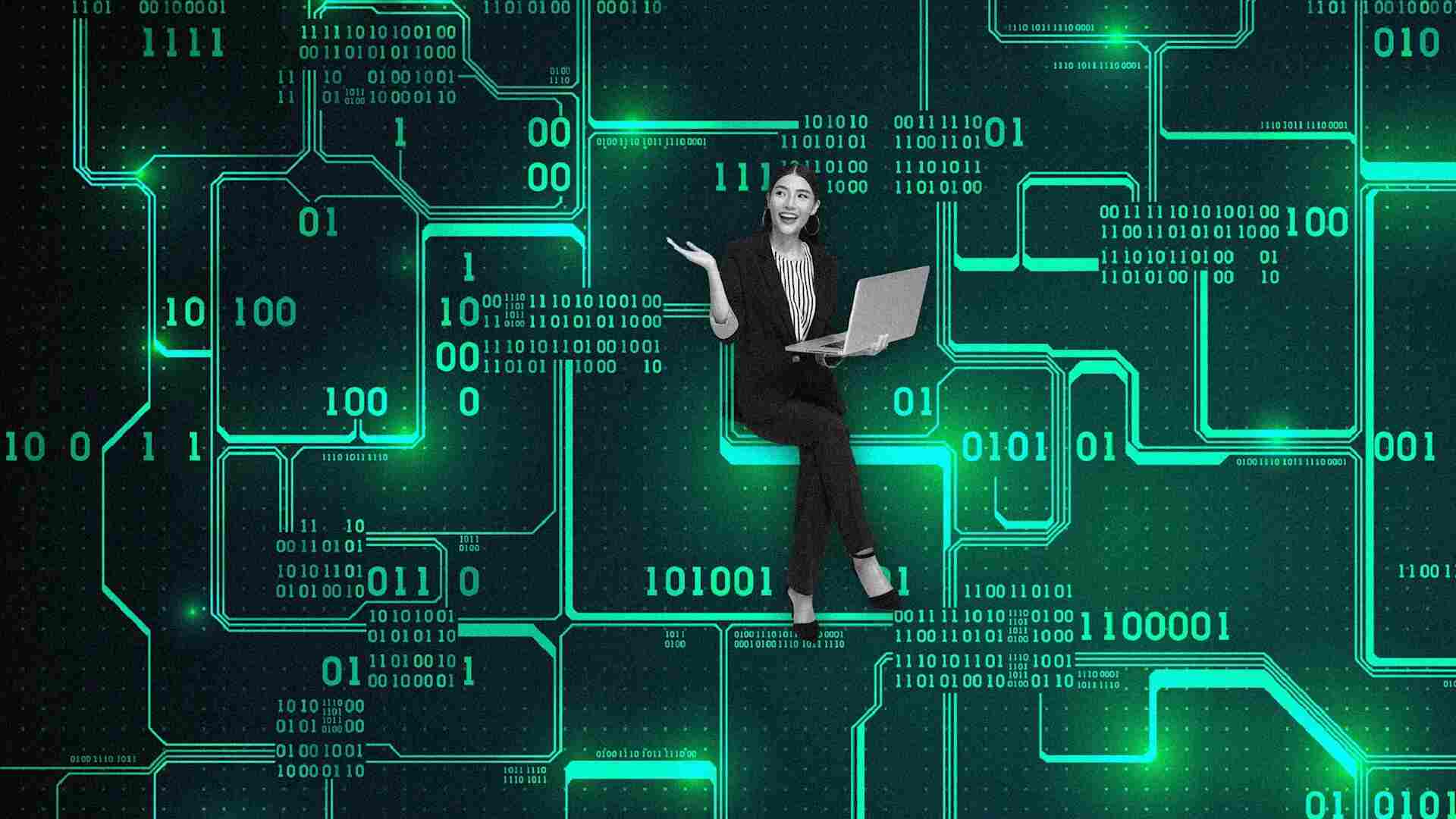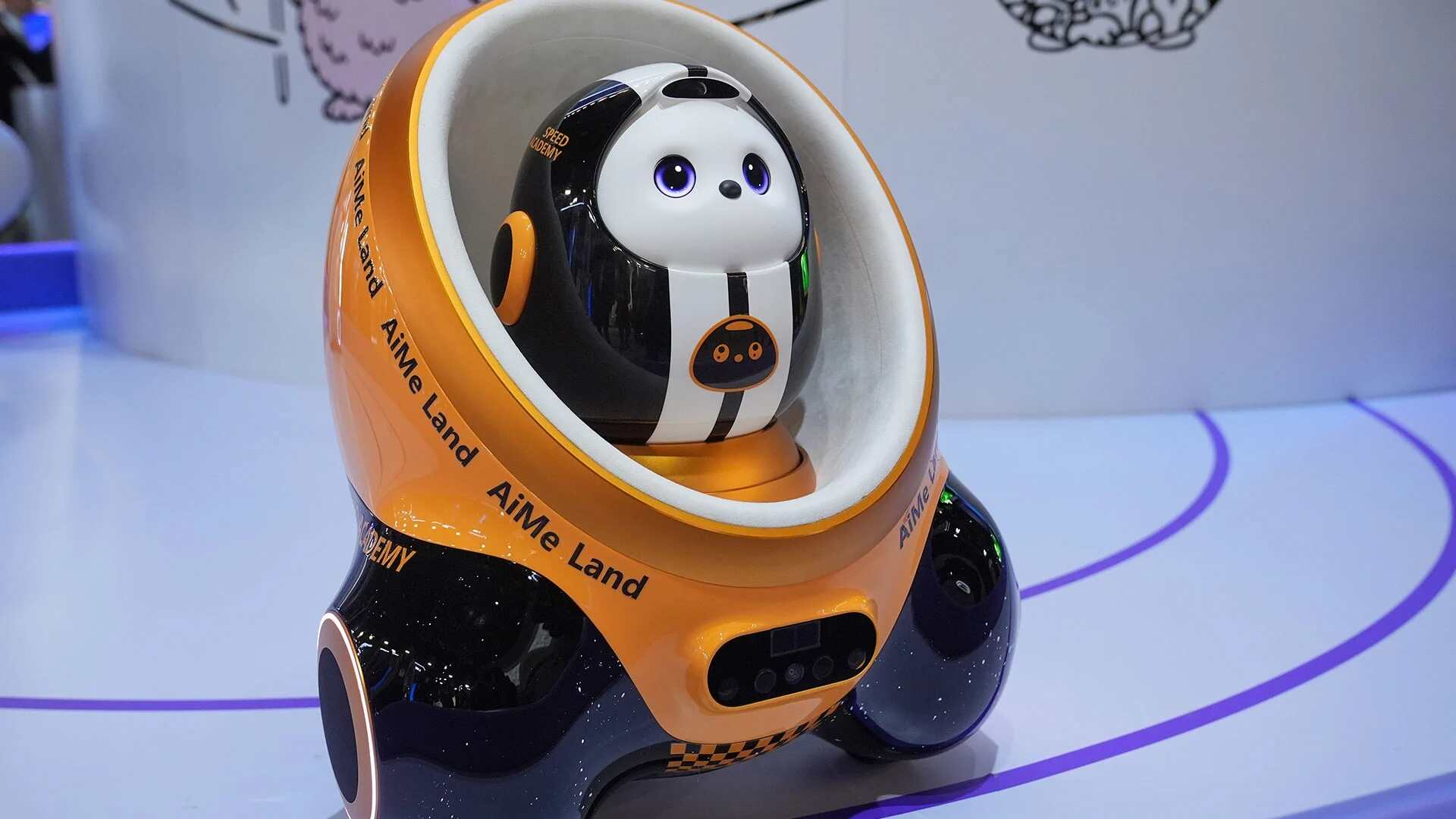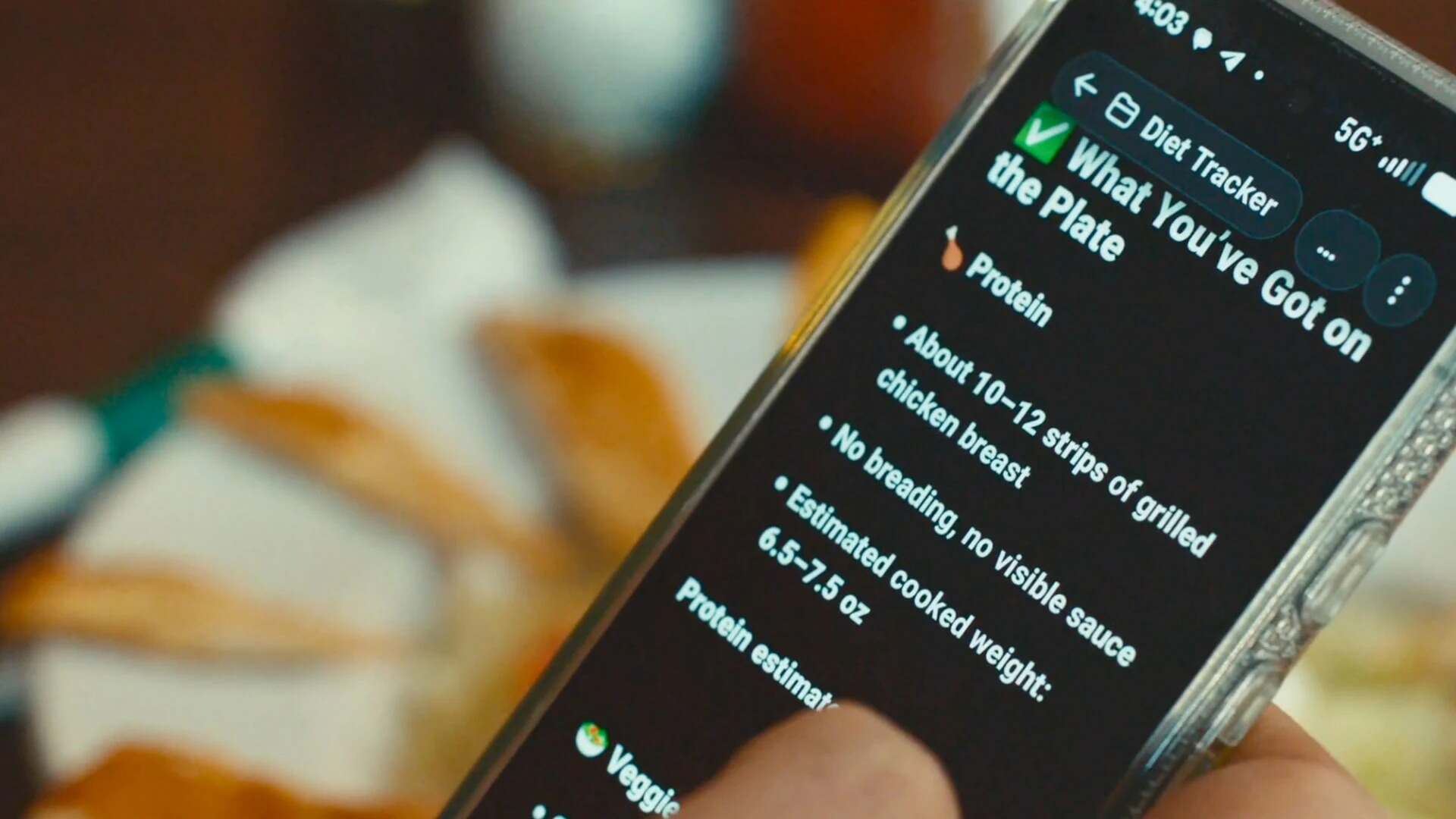- | 10:00 am
The future of work isn’t just AI-powered. Microsoft says it’s AI-empowered
Microsoft seeks to merge human creativity with AI. This is what their technicolor quadrant looks like.
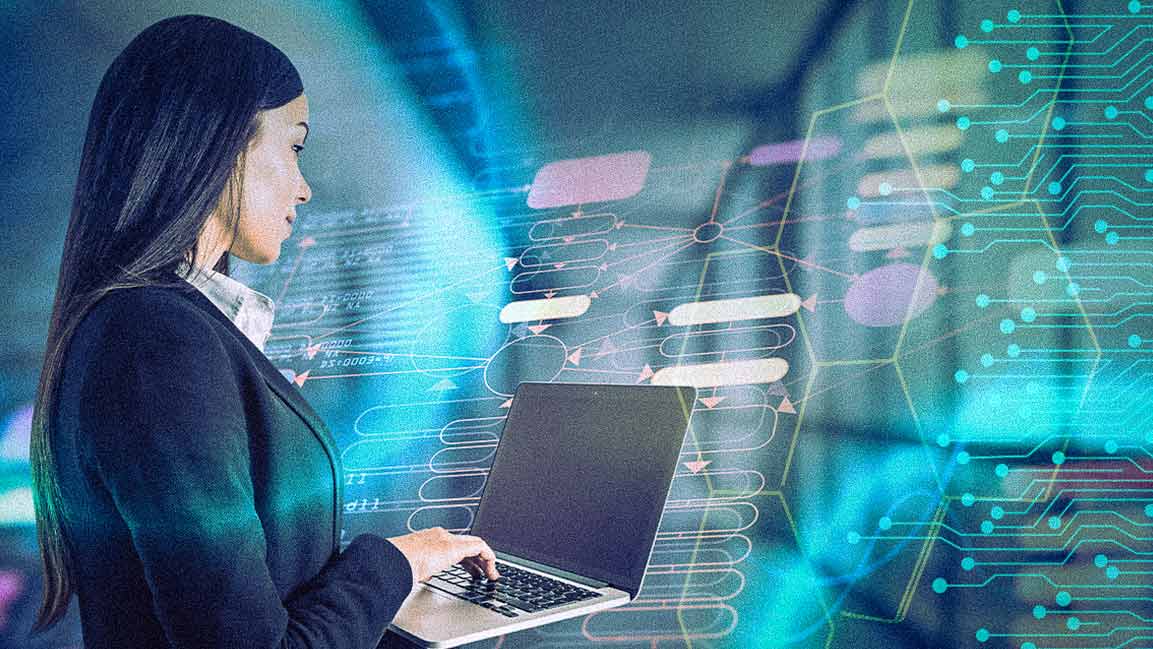
AI is now a fundamental shift shaping the digital era. Much like computers in 1942, AI is driving a transformation redefining the future of work.
Yet, amid this rapid evolution, nearly six billion digital natives are grappling with one pressing question: Will AI replace me—tomorrow, in five years, or the next decade?
With AI, data analytics, and digital applications evolving at an unprecedented pace, the debate around automation, job displacement, and human innovation has never been more relevant.
Jessica Hawk, Corporate Vice President of Data, AI, and Digital Applications at Microsoft, shares insights into how Microsoft is harnessing these technologies to shape the future of work—and the evolving role of humans within it.
CO-PILOT: A PARADIGM SHIFT IN THE WORKFORCE
Microsoft’s AI strategy in the workplace revolves around one key theme: collaboration. Hawk highlights the launch of GitHub Copilot, Microsoft’s first large language model (LLM)-based application, as a turning point in AI-driven teamwork.
“We believe that GitHub Copilot is the first large-scale, AI-powered application on the planet,” says Hawk. “The key message is that AI is not here to replace but to assist. When we first introduced it, there were a lot of concerns that AI might replace developers. But instead, what we’ve seen is that developers are getting their jobs done 55% faster.”
GitHub Copilot automates routine tasks in software development, such as writing unit tests and conducting end-to-end testing, boosting productivity while enabling developers to focus on more complex, creative work. “The feedback we’ve received shows developers are more fulfilled in their jobs,” Hawk says. “75% of developers feel more satisfied with their work. This is a remarkable shift.”
This sentiment is echoed across industries where AI tools enhance efficiency and job satisfaction rather than eliminating jobs. Hawk believes this shift is transforming the technology sector and all industries that depend on complex systems and digital tools.
AI’S ROLE IN EVOLVING JOBS
Despite these positive outcomes, concerns persist about AI’s potential to reshape or eliminate certain jobs. Hawk acknowledges this reality, emphasizing that while some roles will evolve as AI automates specific tasks, this shift will open doors to more meaningful and fulfilling work.
“Do we think some jobs will shift over time? Absolutely,” Hawk admits. “But the nature of the human spirit is that we are naturally creative and innovative. We will always find new things to do once we’ve made things more efficient.”
She notes that in the financial sector, AI is streamlining processes by automating routine data entry and enhancing decision-making speed. This allows professionals to shift their focus toward strategic planning and problem-solving. The increased efficiency, Hawk argues, paves the way for more value-added work and greater job satisfaction.
She further emphasizes the role of AI in reducing bottlenecks in organizations. “I have yet to find a customer who feels they have enough developers. The backlog is overwhelming. But with AI, we see teams progress faster and feel more accomplished. People are tackling their jobs’ most interesting and challenging aspects instead of getting bogged down by repetitive tasks.”
THE EMERGENCE OF AGENTIC AI
Hawk introduces “agentic AI” as a new frontier in the workplace—systems that learn from user input, make autonomous decisions, and perform tasks on behalf of humans.
“We’re entering Season Three of AI,” Hawk explains. “In season one, AI was about proving that it was real. In season two, we saw applications becoming more sophisticated using unique data and multimodal capabilities. In season three, we’re seeing AI that can take action and automate more complex workflows. For instance, AI is now orchestrating tasks across different systems in software development, making the process more seamless and less tedious.”
While some feared that these advancements might render certain roles obsolete, Hawk believes that, instead, they are creating new opportunities.
She adds that this evolution goes beyond software developers. AI tools are now available to data professionals, streamlining workflows and enabling more strategic tasks. Microsoft Fabric, for example, integrates AI to support programming, highlighting AI’s growing presence at all levels of the organization.
BALANCING AUTOMATION WITH HUMAN INNOVATION
Hawk envisions a future where AI amplifies human creativity and productivity without displacing jobs. The key is balancing automation with human-driven innovation.
“We are empowering individuals and organizations to be more productive,” she says. “Think about using Outlook. We all know how to create rules, but it’s not intuitive for most people. With AI, now you can simply tell it what you need to do, and it handles the rest. That level of simplicity and automation makes technology more accessible.”
For Hawk, striking a delicate balance between automation and human-driven innovation is crucial to ensuring that AI enhances the workplace without overshadowing human creativity. She shares an anecdote to illustrate this point: “In my car, I can simply say, ‘Hey Mercedes, take me to building X,’ and it’s done. I didn’t need to understand the steps or navigate through complicated settings. It’s that seamless integration of AI that enhances the user experience and makes life easier.”
Hawk believes this shift will allow workers to focus on their strengths, fostering a more dynamic and fulfilling workplace environment. “The AI tools we’re developing give people more time to innovate, create, and explore new ideas,” she explains. “Rather than replacing jobs, AI is becoming a partner in the workplace, enabling workers to reach their full potential.”
New roles are emerging within organizations to complement human creativity in the age of AI. These positions may be surprising, especially given how quickly AI adoption reshapes traditional job structures.
A notable example is the rise of the Responsible AI (RAI) champion—a role that emerged in the post-pandemic, tech-driven environment. RAI champions serve as experienced mediators between disruptive technologies in the digital workplace and human innovation. They ensure the widespread adoption of responsible AI, focusing on the technology’s effectiveness and alignment with human values.
THE FUTURE IS COLLABORATIVE
Hawk envisions the future of work as a seamless integration of technology and human innovation.
“At Microsoft, we’re not just creating technology for the sake of it. We’re focused on empowering individuals and organizations. AI isn’t here to replace but to assist and enhance.”
Microsoft prepares its employees for an AI-driven future through initiatives that foster innovation and skills development. The company also practices “customer zero,” testing products internally with over 300,000 employees who provide feedback to refine tools and AI applications before external release.
NAVIGATING THE COMPETITIVE AI ARENA
Microsoft’s strategy in the competitive AI space is rooted in its position as a platform company, offering a wide range of tools and models to meet customer needs. Hawk explains that a key strategy is providing choice through the Azure OpenAI Service, which combines flexible models with enterprise-grade controls.
“We’re a platform company. Our perspective is to empower customers worldwide with choice,” Hawk says. Microsoft’s recent efforts include launching the DeepSea R1 model in the Azure Foundry Model Catalog and making OpenAI’s 03 Mini model available in Azure, just days apart.
“We made that available the same day in Azure, applying all the safety controls and reliability features important for enterprise customers,” Hawk adds.
AI AND CO-INNOVATION ACROSS THE VALUE CHAIN
At Microsoft, AI supports individual tasks and drives co-innovation across industries. Hawk highlights the company’s ability to connect various workforce levels, from information workers using M365 Copilot to factory workers with integrated systems. Tools like Copilot Studio help customers connect data sources and optimize their technology stack.
“We can connect from the person repairing something in the factory to the IT team managing systems. That’s our competitive opportunity—to make that one seamless experience,” says Hawk. Microsoft’s ability to integrate AI across various sectors and workflows gives its customers an edge in creating streamlined, effective processes.
THE FUTURE OF WORK IS AI EMPOWERED, NOT AI POWERED
As the future of work unfolds, Hawk envisions a world where the workforce is AI-empowered rather than solely AI-powered. “Technology has existed for decades to help companies get the job done, but AI empowers those tools in a way that was never possible before,” she explains.
She encourages those exploring AI to download the Microsoft Copilot app and experiment with its capabilities, stressing the importance of embracing the technology and learning what’s possible. “It’s about trying, experimenting, and being delighted when you realize AI can do more than you thought it could,” Hawk says.
As we look to 2025 and beyond, AI and digital tools will transform the workforce, not by replacing jobs but by empowering workers to achieve more, spark innovation, and focus on the most fulfilling aspects of their roles.












